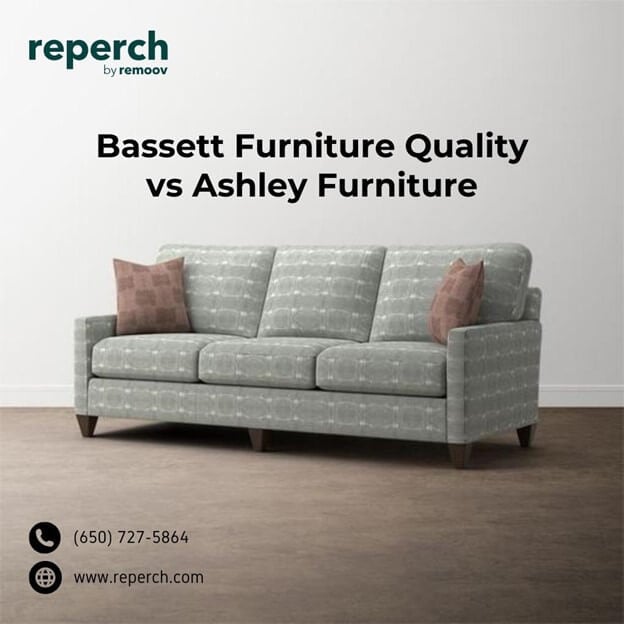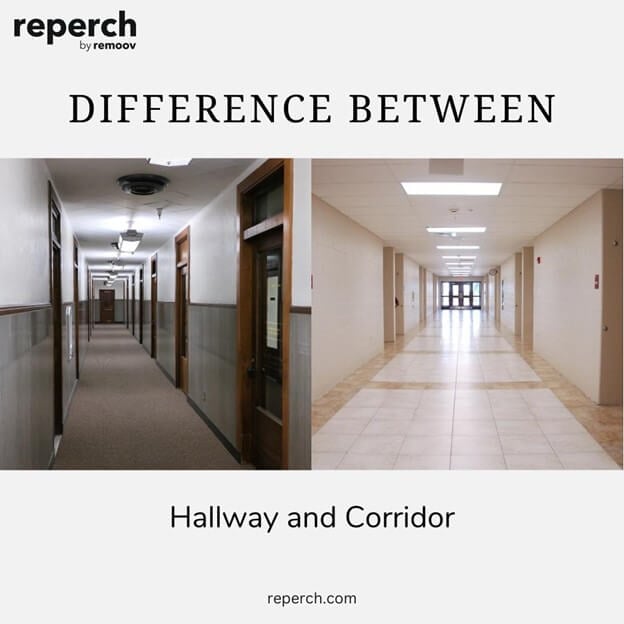Cloisonné is a captivating art form with a rich history that dates back thousands of years. Its intricate designs and vibrant colors have captivated collectors and art enthusiasts worldwide. But, when it comes to the worth of cloisonné pieces, there are various factors to consider. Whether you have inherited a cloisonné vase or stumbled upon a unique piece at an antique market, understanding its value can be complex. This guide will help you learn more about what makes cloisonné valuable and how to assess it.
What Is Cloisonné?
Cloisonné is a decorative art form that involves applying colorful enamel to metal objects. The metal base is usually copper, bronze, or brass, and the designs are created by affixing thin metal wires to the surface to form compartments (known as cloisons, the French word for "partitions"), which are then filled with enamel. Once fired and polished, these compartments create intricate and vibrant patterns. Cloisonné is often found on items such as vases, jewelry, and boxes.
Factors Influencing the Value of Cloisonné
1. Age
Antique vs. Modern: Antique cloisonné pieces, especially those from specific periods like the Ming or Qing dynasties, tend to have higher values. The age can indicate not only its historical significance but also its craftsmanship. Authenticity: Verifying the age of cloisonné can be challenging. Consulting an expert can be helpful if you have an older piece that may have historical value.
2. Origin and Provenance
Cultural Significance: Cloisonné has a strong connection with Chinese and Japanese art, particularly during the Ming, Qing, and Meiji periods. Pieces from these eras can be highly collectible. Documentation: If the piece has documentation or records of its origins, it can boost its value. Provenance can also include past ownership by notable collectors or its previous display in museums or exhibitions.
3. Condition
Physical Condition: Chips, cracks, or worn enameling can significantly reduce the value of cloisonné. Pristine items with intact enameling and no visible damage are much more desirable to collectors. Restoration: If a cloisonné piece has been restored, this can sometimes detract from its value, especially if the restoration work is visible or has altered the original appearance.
4. Artistry and Craftsmanship
Design Complexity: The intricacy of the cloisonné design plays a major role in determining its worth. More intricate designs with fine detailing are typically valued higher. Color and Finish: Cloisonné pieces with vibrant colors and a high-gloss finish often fetch higher prices. Some collectors also look for pieces with specific color schemes, such as imperial yellow or turquoise, which were historically significant.
5. Rarity and Uniqueness
Limited Production: Cloisonné pieces that were made in limited quantities or are one-of-a-kind can be especially valuable. Pieces that feature unique motifs, unusual colors, or rare techniques are often highly sought after. Historical Importance: Some cloisonné items were crafted for specific events or individuals, adding to their rarity and overall value.
How to Assess the Value of Cloisonné
1. Get an Expert Appraisal
Consulting with a professional appraiser who specializes in cloisonné or Asian antiques can give you an accurate assessment of your piece’s value. This is especially recommended for older or more valuable items.
2. Research Similar Pieces
Online marketplaces, auction sites, and antique stores can offer insight into the value of similar cloisonné items. Keep in mind that asking prices and selling prices can differ, so try to find information on final sale prices whenever possible.
3. Consider the Market Demand
Like any collectible, the value of cloisonné can fluctuate with market trends. Keeping an eye on market demand and collecting trends can give you a better understanding of the potential value of your piece.
Examples of Valuable Cloisonné
Antique Chinese Cloisonné Vases: These pieces can be worth thousands of dollars, particularly if they are from the Ming or Qing dynasties and feature imperial designs or rare color schemes. Japanese Meiji-Era Cloisonné: Known for their intricate designs and superior craftsmanship, Meiji-era cloisonné items are highly valued by collectors, often reaching several thousand dollars. Limited Edition or Artist-Signed Pieces: Some modern cloisonné artists create limited runs or unique pieces that are signed, which can add to their value and desirability.
Conclusion
The value of cloisonné varies widely based on factors such as age, condition, origin, and design complexity. Whether you’re a seasoned collector or a newcomer with a newfound appreciation for this art form, understanding these factors can help you assess the worth of cloisonné pieces. If you think you have a valuable piece, consulting with an expert and doing some research can offer valuable insights and potentially uncover a hidden treasure in your collection. Cloisonné is not just a beautiful art form but a piece of history, with each item holding a unique story and cultural significance. No matter the value, owning a piece of cloisonné allows you to appreciate a rich artistic tradition that has endured for centuries.








